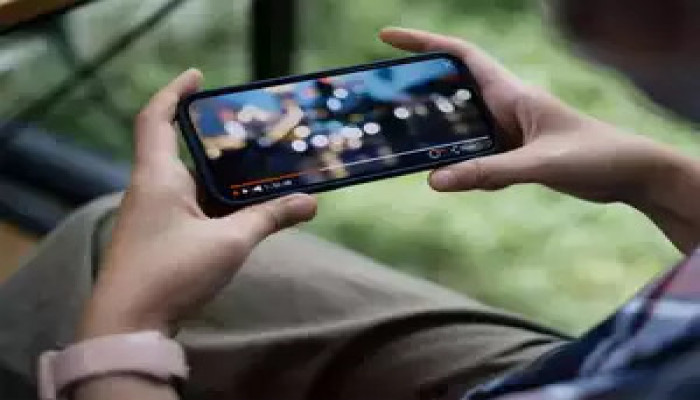Government explores 'direct-to-mobile' technology for live TV channels without data connection
- In Reports
- 10:47 PM, Aug 05, 2023
- Myind Staff
The government is considering a new way to bring live TV channels directly to mobile phones, a concept similar to direct-to-home (DTH) services. This technology, called "Direct-to-Mobile" (D2M), aims to enable users to watch TV on their mobiles without needing a data connection.
The government is in talks with stakeholders, including telecom operators, to decide on implementing the technology. However, telecom operators might oppose the proposal as D2M could impact their data revenue.
Sources said the Department of Telecommunications (DoT), Ministry of Information and Broadcasting (MIB), and IIT-Kanpur are working on details, the report added. A meeting has been scheduled for next week, likely to be attended by officials from the Department of Telecommunications (DoT), Ministry of Information and Broadcasting (MIB), and IIT Kanpur, along with representatives from the telecom and broadcast industries.
"We are exploring the feasibility and the final decision will be taken after meeting all the stakeholders, including the telecom operators," one of the officials told ET.
Given the imminent launch of 5G, government authorities are considering merging content delivery methods, aiming for a convergence of broadcast and broadband services.
With television currently accessible to approximately 210-220 million households in India, the nation boasts nearly 800 million smartphone users, a number projected to reach 1 billion by 2026 as per Deloitte’s 2022 Global TMT report focusing on Technology, Media, Entertainment, and Telecom. Notably, this report highlights that over 80% of internet traffic comprises video content, making mobile devices an optimal channel for disseminating broadcast TV content.
The government intends to leverage the D2M technology for content delivery, prioritizing educational content and essential information such as emergency alerts.
NexGen Broadcast, the idea behind D2M, was described in a whitepaper released by IIT Kanpur in June. IIT Kanpur has played a significant role in improving this technology, notably in terms of hardware needs, in partnership with telecom company Saankhya Labs.
NexGen Broadcast can be likened to an extension of content delivery networks (CDNs), seamlessly integrating into the OTT ecosystem and architecture. This innovative approach enables Direct-To-Mobile (DTM) providers to harness the capabilities of existing CDNs and edge computing, culminating in a seamless TV viewing experience on mobile devices.
The implementation of a Direct-To-Mobile network will enable broadcasters to use this network as a conduit for numerous applications outside of traditional TV and radio, as stated by IIT Kanpur in their whitepaper. These services include video-on-demand services, emergency alert systems, crisis management updates, educational information, and even firmware updates for cars over the air.
The potential benefits of this technology are far-reaching. Increased advertising revenue, personalized news and adverts, and mobile network optimization are a few of them. By building a live Proof-of-Concept (PoC) across three venues in Bengaluru, IIT Kanpur has made a tremendous effort. In order to thoroughly test and improve the technology, this PoC uses low-power Broadcast Radio Heads (BRHs) on cell towers.
Image source: Economics Times







Comments